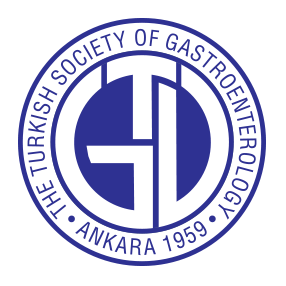Background/Aims: Nonalcoholic fatty liver disease (NAFLD) is one of the most prevalent chronic liver diseases and is characterized by extensive deposition of fat in hepatocytes. This study aims to elucidate iron responsive element binding protein 2’s (IREB2) role in highfat diet (HFD)-induced NAFLD and the regulatory mechanisms of the TLR4/NF-κB cascade.
Materials and Methods: Male rats were fed an HFD to induce the NAFLD in vivo model. Changes in body weight and liver tissue weight were measured. Liver tissue damage and hepatic steatosis were monitored by hematoxylin–eosin staining in rats. Fat droplet size of rat liver tissue was detected by oil red O staining kit to evaluate fat deposition. Total cholesterol (TC), triglycerides (TG), alanine transaminase (ALT), Aspartate transaminase (AST), fatty acid synthase (FAS, and PPARα were detected by enzyme-linked immunosorbent assay (ELISA) kit and western blot. Interleukin-1-beta (IL-1β), interleukin-6 (IL-6), and tumor necrosis factor-α (TNF-α) were detected by ELISA. Finally, glucose tolerance and insulin sensitivity were measured by glucose analyzer.
Results: IREB2 was highly expressed in the liver tissue of NAFLD rats. The body weight and liver tissue weight of rats with knockdown of IREB2 were lower than those fed HFD, and the liver tissue was severely damaged, serum ALT/AST activity, glucose, TG, and TC levels were increased. In addition, overexpressing IREB2 increased IL-1β, IL-6, and TNF-α, promoting HFD-induced metabolic disorders, hepatic steatosis, and inflammation. Knocking down IREB2 had the opposite effect. Blocking the TLR4/NF-κB cascade reversed the promoting effect of IREB2 on steatosis and inflammatory response.
Conclusion: NAFLD treatment and prevention could benefit from IREB2, which may be closely related to TLR4/NF-κB signaling in lipid metabolism and glucose tolerance.
Cite this article as: Hu Y, Zhang S, Jiang Q, Chen T, Luo J, Jiang Y. IREB2 knockdown alleviates high-fat diet-induced nonalcoholic fatty liver disease by TLR4/NF-κB signaling inactivation. Turk J Gastroenterol. Published online February 4, 2025. doi 10.5152/ tjg.2025.24054.


_page-0001.jpg)

.png)
.png)